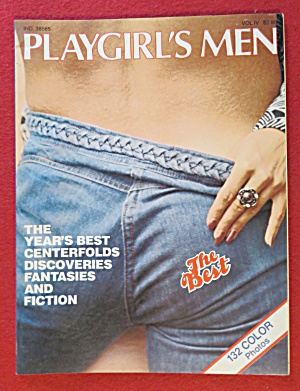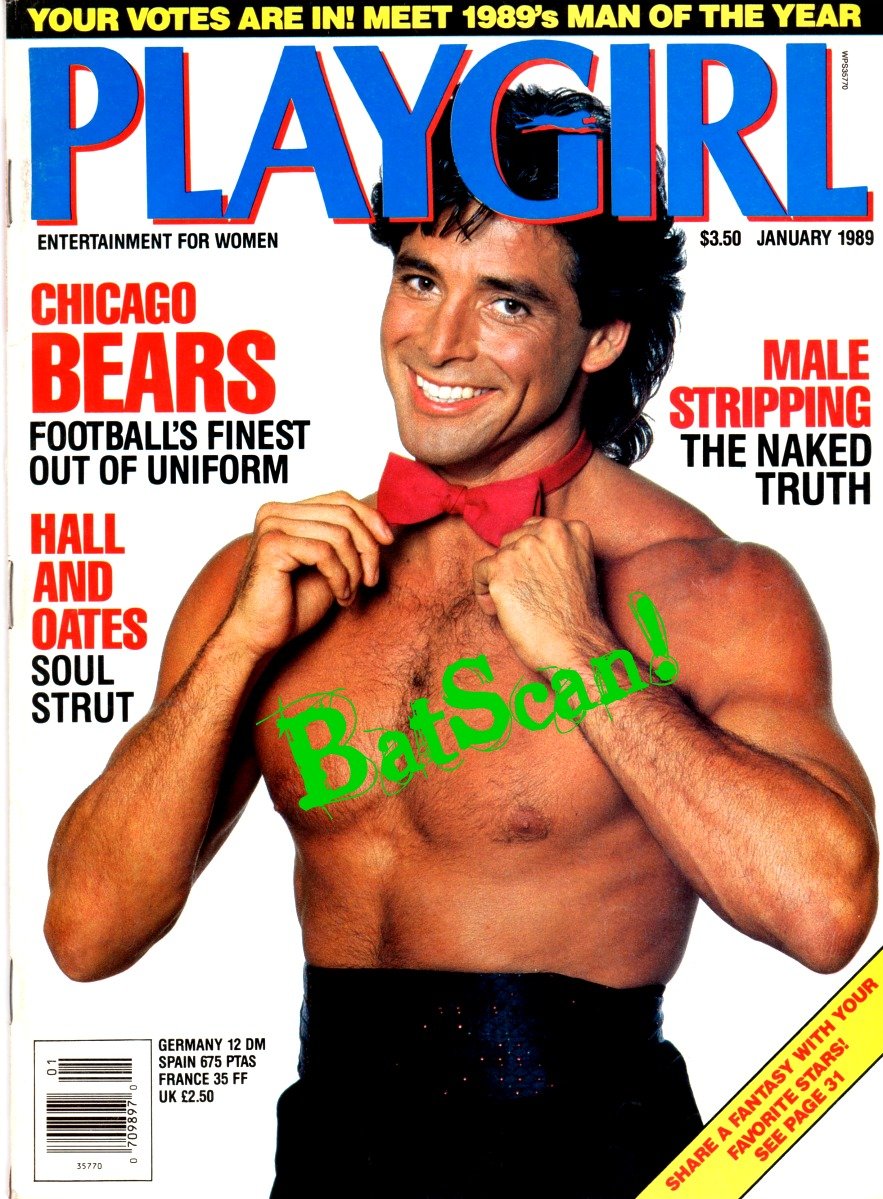


The courthouse where Choate was lynched is a particularly evocative emblem, not only because of the murder that occurred there but because the building itself, a county courthouse serves as a local symbol of justice - and who can access that justice.

Jason Aldean sings in his new music video for "Try That In A Small Town." From Broken Bow Records And whether he admits it or not, both Aldean’s song and the courthouse where a teen boy was murdered serve as a reminder that historically, appeals to so-called law and order often rely just as much on White vigilantism as they do on formal legal procedures. These ideas have been intimately linked to country music, courthouses and conservatism for well over a century. He defends it as an ode to small-town America, but it is really a statement of entitlement - an assertion of who is allowed to make and enforce the rules, both as a matter of law and as a matter of extralegal violence. The song is a celebration of vigilantism, though Aldean denies it.

But the powerful symbolism underscores the song’s toxic message: that those who step out of line in Aldean’s small town - whether they “cuss out a cop” or “stomp on a flag” - will find themselves facing down “the gun that my granddad gave me.” (Never mind that desecrating a flag and swearing at a police officer are, for the time being, constitutionally protected actions.) There’s no evidence that Aldean and the team behind the video knew what happened on that site in 1927. In the video, an oversized American flag hangs down the middle of the courthouse, so large that it covers the balcony where Choate was murdered. That same courthouse, again festooned in red, white and blue, serves as the backdrop for Jason Aldean’s new music video for the song “ Try That in a Small Town,” a ballad that critics say promotes vigilantism and gun violence.


 0 kommentar(er)
0 kommentar(er)
